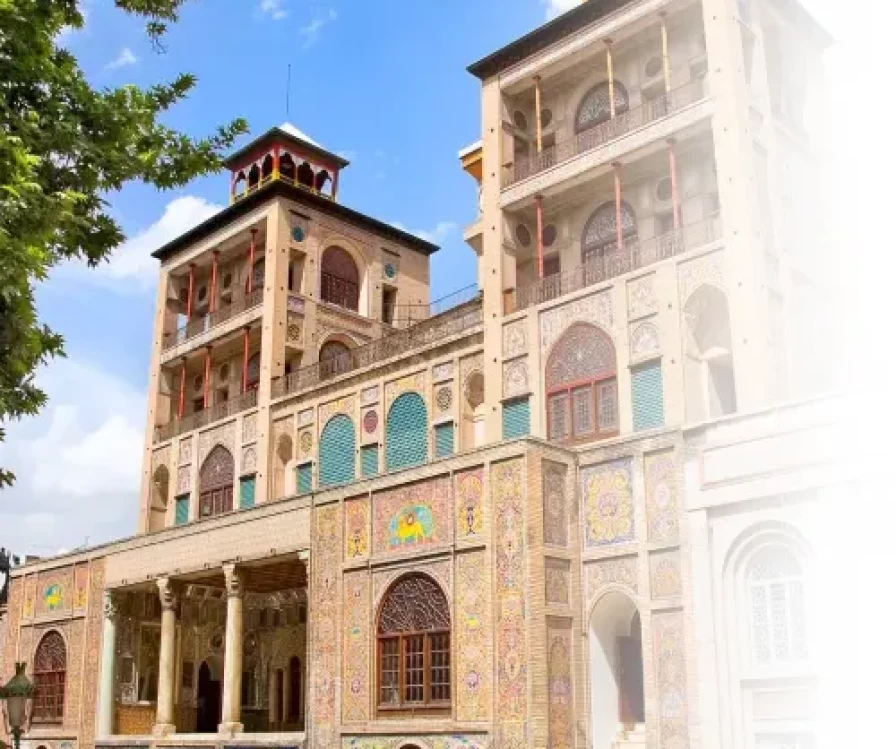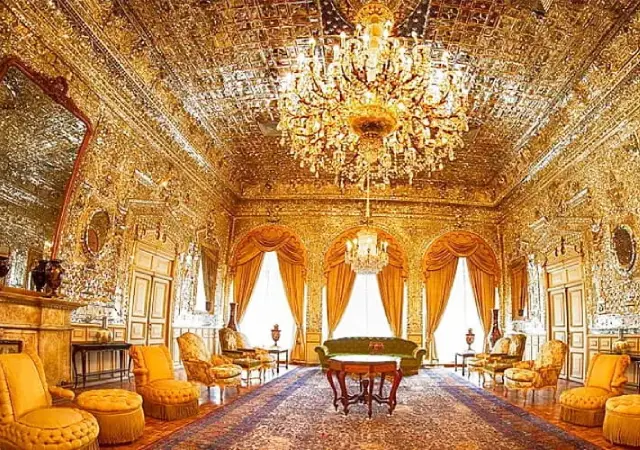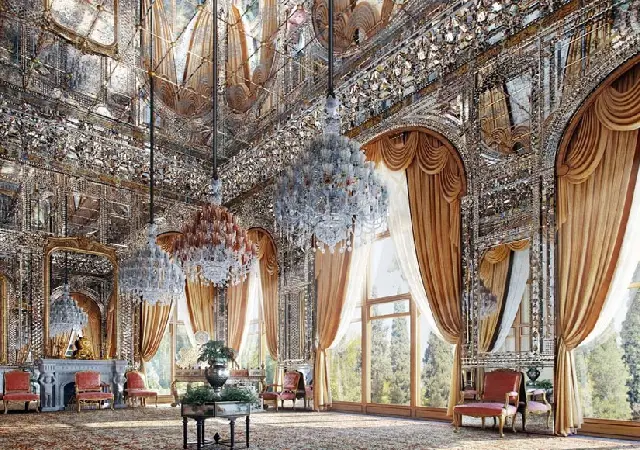
Discovering the Opulence of Golestan Palace in Tehran for Travellers





Golestan Palace
Iran, a land steeped in royal history and adorned with magnificent architectural treasures, offers travellers the chance to explore the grandeur of its former ruling dynasties. Golestan Palace , a stunning UNESCO World Heritage site located in the heart of Tehran, stands as a testament to the artistic and architectural brilliance of the Qajar era. Often referred to as " Gulistan Palace ", this opulent complex of palaces, museums, and gardens offers a captivating journey through Iran's recent royal past. As Sanapersian tour and travel service providers, we invite you to discover the splendor of Golestan Palace . This guide aims to illuminate the historical significance, architectural highlights, and the experience of visiting Golestan Palace , providing essential information for your potential exploration. Whether you are fascinated by royal history, admire intricate Persian architecture, or seek to immerse yourself in the cultural heart of Tehran , understanding the allure of Golestan Palace will undoubtedly enrich your Iran travel itinerary .
Golestan Palace , meaning "Garden of Flowers," is a sprawling complex that served as the official residence of the Qajar dynasty, who ruled Persia from 1789 to 1925. Its history extends even further back, with earlier structures dating to the Safavid era. Located " golestan palace in tehran ", this magnificent site showcases a unique blend of traditional Persian craftsmanship and Western architectural influences, reflecting the Qajar rulers' engagement with the outside world. The alternative name, " Gulistan Palace ", is a direct transliteration and equally recognized.
Within the Golestan Palace complex, several key structures stand out. The " throne room golestan palace " (Takht-e Marmar or Marble Throne Veranda) is a breathtaking open-air hall adorned with intricate marble carvings. The Mirror Hall (" golestan palace mirror hall " or Talar-e Ayeneh) is renowned for its dazzling mirrored walls and ceilings, creating a mesmerizing visual effect. These and other palaces within the complex, such as the Shams-ol-Emareh (Edifice of the Sun) and the Abyaz Palace, each boast unique architectural features and historical significance.
The " golestan palace architecture " is a fascinating blend of traditional Persian design elements, including intricate tilework, stucco decorations, and elegant courtyards, with European Neoclassical and Rococo influences. This fusion reflects the Qajar rulers' interest in Western art and architecture. Exploring the various buildings within the complex reveals this unique stylistic synthesis.
The " golestan palace history " spans several centuries, evolving from a Safavid-era citadel to the lavish royal complex of the Qajar dynasty. It witnessed significant historical events and housed generations of Persian rulers. Understanding the " golestan kakh history " (kakh meaning palace) provides valuable context for appreciating the significance of this site. The question " when was the golestan palace built " doesn't have a single answer, as it evolved over time, but its most significant expansion occurred during the Qajar period.
Knowing " where is golestan palace " is essential for planning your visit to Tehran . Its central " golestan palace location " makes it easily accessible within the city. You can find it near Imam Khomeini Square, a major transportation hub. The " golestan palace directory " or information available at the entrance can help you navigate the extensive complex.
To visit Golestan Palace , you will need to purchase " golestan palace tickets ". It's advisable to check the current ticket prices and opening hours online or through your Sanapersian guide. Reading " golestan palace reviews " from other travellers can provide insights into the highlights of the complex and tips for your visit. Understanding the " golestan palace purpose " – as a royal residence, administrative center, and showcase of Qajar art and architecture – enhances the visitor experience.
Visiting " iran golestan palace " is an essential part of any itinerary to Tehran. Allow ample time to explore the various palaces, museums, and courtyards within the complex. The intricate artwork, historical artifacts, and stunning architecture offer a captivating glimpse into Iran's royal past. Don't miss the Marble Throne, the Mirror Hall, and the panoramic views from Shams-ol-Emareh.
As Sanapersian tour and travel service providers, we highly recommend a visit to the magnificent Golestan Palace during your time in Tehran. This UNESCO World Heritage site offers a rich and immersive experience into Iran's royal history and artistic heritage, perhaps on the second day of your Iranian adventure.
Contact Us
+989054577261